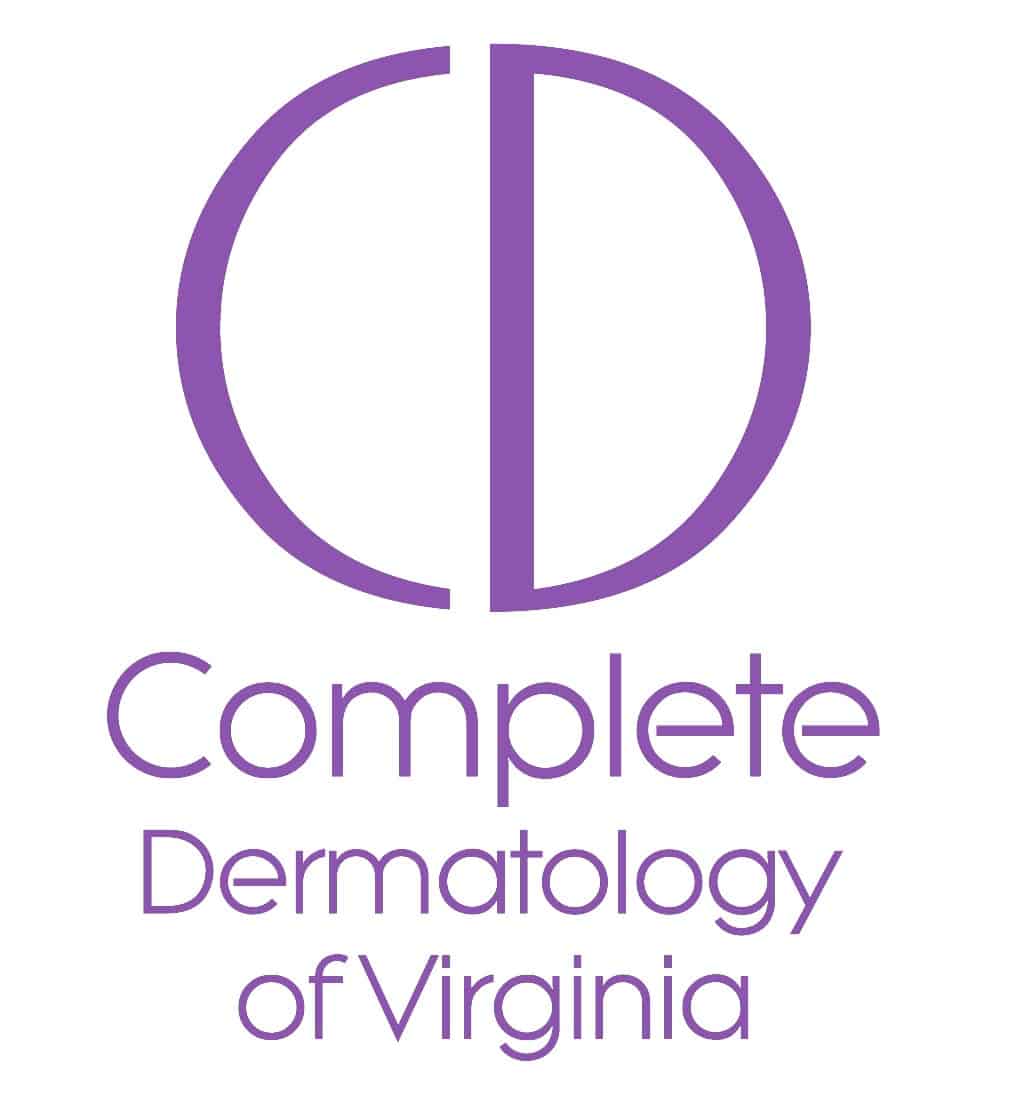
There are several types of procedures and surgeries done by a dermatologist in clinic.
1. A skin biopsy:
One of the most common kinds of procedures done by a dermatologists is a skin biopsy. This is done for lesions that are suspicious for skin cancer or for a rash that needs further investigation. The 2 most common types are a shave biopsy and a punch biopsy. In both cases, the affected skin is anesthetized locally. Then a small piece of skin is removed.
a. In the case of a shave biopsy, usually done for skin lesions, a small sample of skin is taken with a shaving tool, such as a flat razor blade. Then the skin is allowed to heal without the need for stitches. It may take a few weeks for the skin to fully heal with wound care and it can leave a small round scar.
b. In the case of a punch biopsy, usually needed for rashes, a small piece of skin is removed with a cookie cutter kind of device (usually 4mm). This usually requires the placement of a suture to close the skin, after which time the suture is removed in 1-2 weeks, depending on where on the body the biopsy was done.
2. Electrodesiccation and curettage:
This is a procedure, often done for less aggressive and superficial skin cancers. The affected skin is anesthetized locally and a curette is used to scrape the lesion in 3 directions, followed by electrodesiccation (contact with a hot metallic tip). This is then done 2 additional times (in the same visit). This does not require stitches, but the skin does require a few weeks to fully heal with wound care and does leave a round scar.
3. Skin surgery:
This is typically done for skin cancers or abnormal (dysplastic) moles that do not require Mohs surgery or further work up. The affected area is anesthetized locally and then the skin cancer is removed with a scalpel. Typically, for basal cell and squamous cell cancer some margin of normal skin around the lesion is also removed. For melanoma, a greater margin of normal skin is removed, depending on the depth of the melanoma. This typically involves placement of dissolvable stitches under the skin and non-dissolvable ones on top of the skin. These are removed in 1-2 weeks, depending on the location of the surgery. It is very important to do proper wound care while the stitches are in place and to decrease level of activity of the area involved for several weeks after the surgery to prevent complications.
4. Mohs surgery:
Moh’s surgery is a skin conserving surgery, generally done with local anesthetic. It allows for the affected skin to be removed in stages, to allow for minimal normal skin to be removed while eliminating the skin cancer. With each stage, the skin removed is checked in real time for any positive margins of skin cancer. If positive margins are found, then another stage is done. Specifically, the surgeon is able to go back to the particular area that has the skin cancer and just remove that, which is then also checked for margins. There are certain criteria that qualify a patient’s skin cancer to be removed this way. These relate to the location, size or aggressiveness of the skin cancer, as well as the immune status of a patient.
Additional Resources:
National Cancer Institute
American Academy of Dermatology
